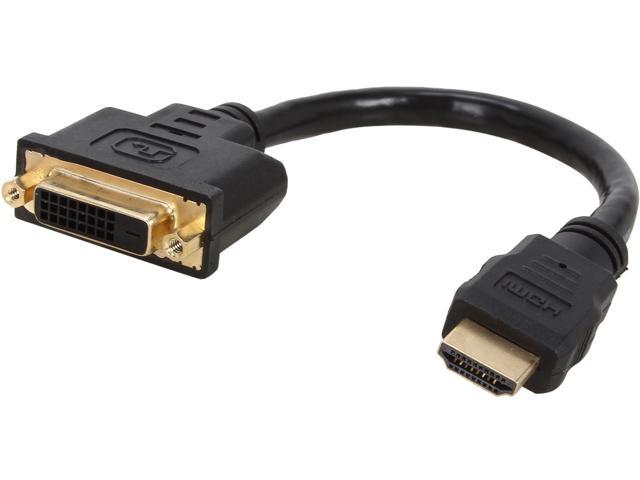Collectively working robot teams can solve a problem more efficiently than a single robot, while also providing robustness and flexibility to the group. Swarm robotics model is a key component of a cooperative algorithm that controls the behaviors and interactions of all individuals. The robots in the swarm should have some basic functions, such as sensing, communicating, and monitoring, and satisfy the following properties:
- Autonomy--Individuals that create the swarm robotic system are autonomous robots. They are independent and can interact with each other and the environment.
- Large number--They are in large number, enabling cooperation.
- Scalability and robustness--A new unit can be easily added to the system, so the system can be easily scaled. A greater number of units improves the performance of the system. The system is quite robust to the loss of some units, as some units still remain to perform, although the system will not perform to its maximum capabilities.
- Decentralized coordination--The robots communicate with each other and with their environment to make final decisions.
- Flexibility--The swarm robotic system has the ability to generate modularized solutions to different tasks.















